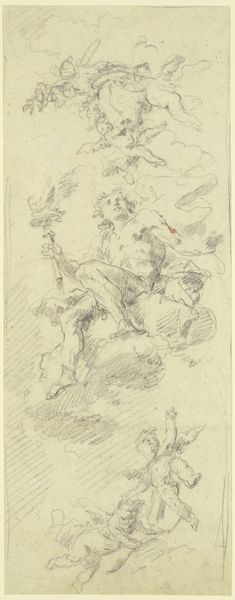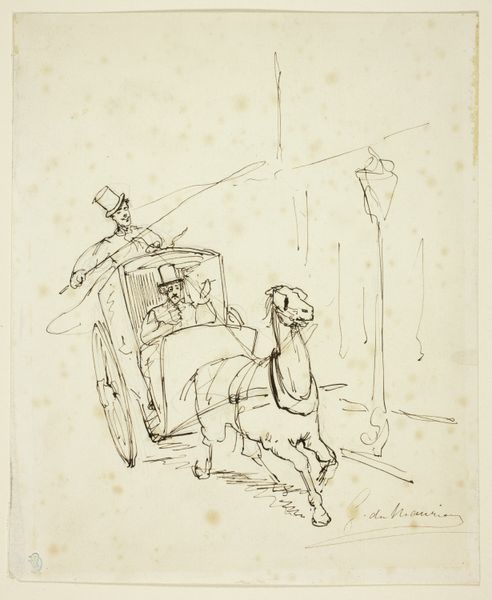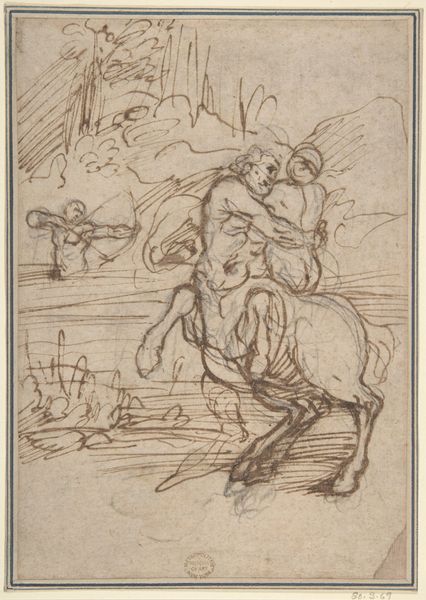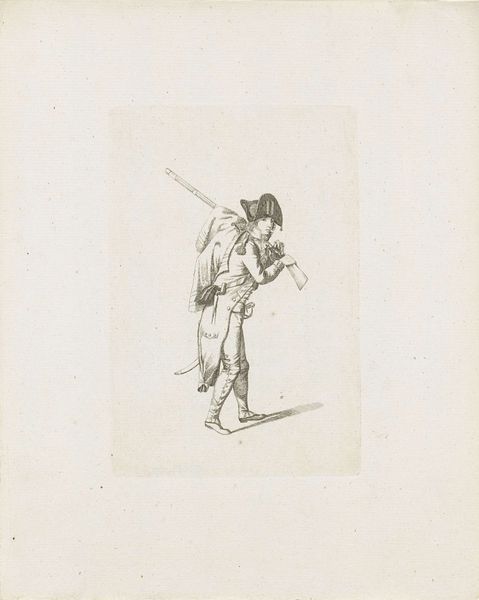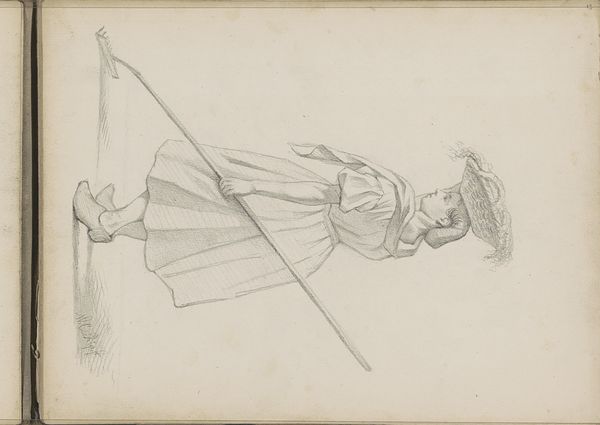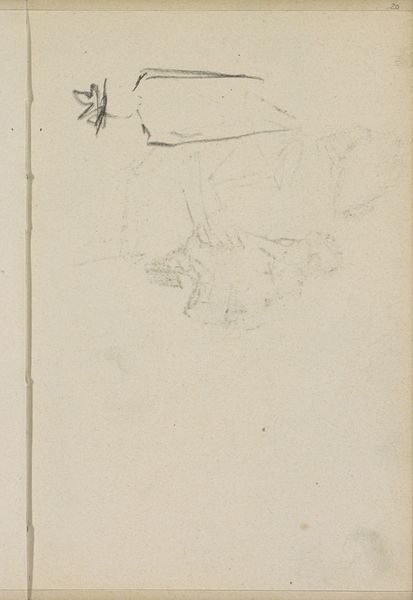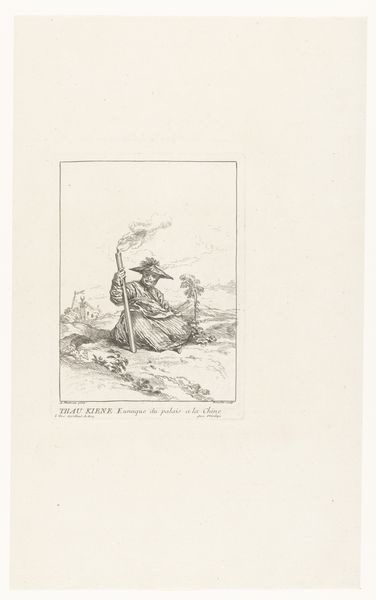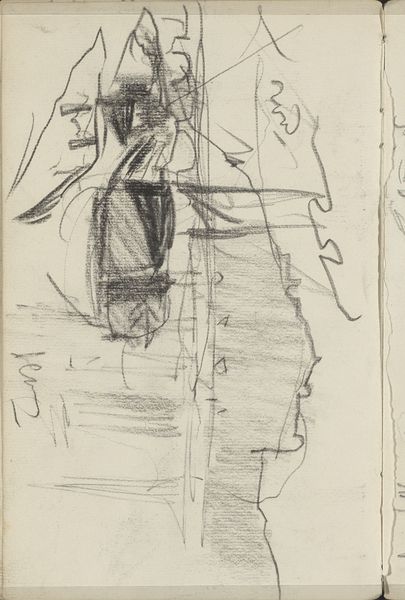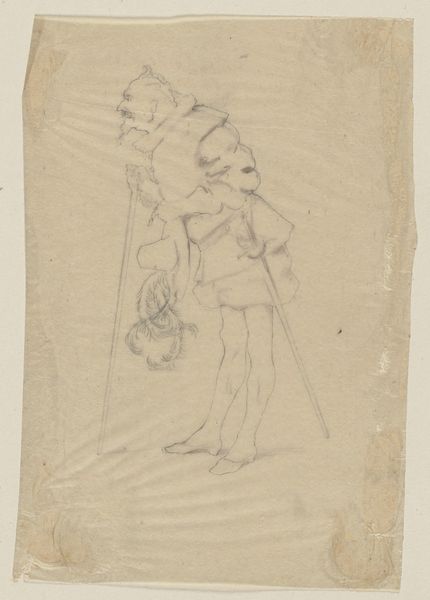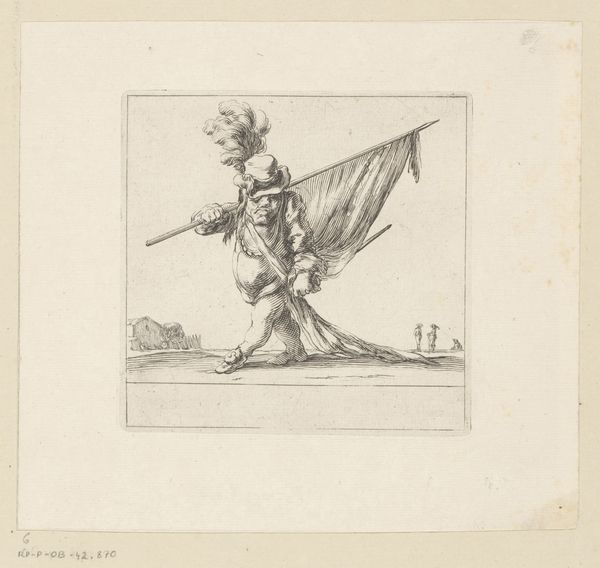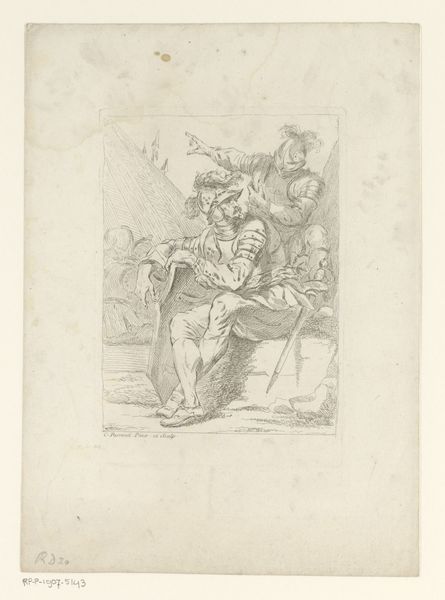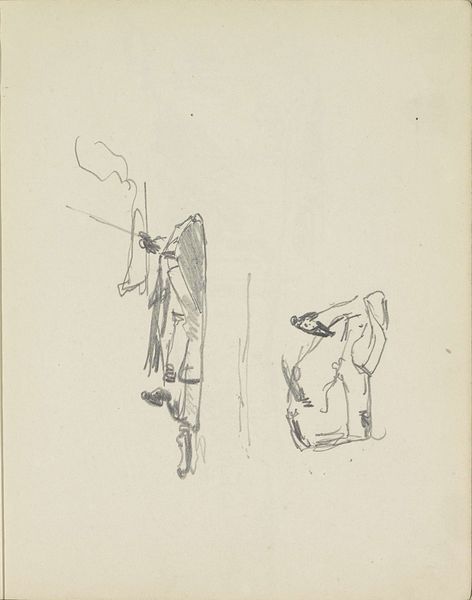
drawing
#
portrait
#
drawing
#
asian-art
#
landscape
#
figuration
#
academic-art
#
realism
Dimensions: sheet: 13.9 x 12.1 cm (5 1/2 x 4 3/4 in.)
Copyright: National Gallery of Art: CC0 1.0
Editor: This drawing, “A Chinese Peasant” by George Chinnery, from 1839, is so simple, just pencil on paper. It gives an intimate glimpse into the daily life, yet it also feels a bit… distant. How do you interpret this work, given its historical context? Curator: It's crucial to consider Chinnery's position as a Western artist depicting a Chinese subject. His work, while seemingly straightforward, is embedded within the power dynamics of colonialism. What does it mean for a British artist to capture the likeness of a Chinese peasant in the 19th century? Is it a neutral observation, or an act of appropriation? Editor: Appropriation? I hadn’t thought of it that way. I was focused on the seemingly objective realism. Curator: Exactly, that “objective realism” is a construction. Think about whose gaze is privileged here. Who gets to define “Chinese peasant”? Is Chinnery’s portrayal reinforcing existing stereotypes or challenging them? How might the subject himself have viewed this interaction? Editor: So, it’s not just about what's in the drawing, but about the circumstances of its creation, the unequal power relationship, and the possible misrepresentation of the subject’s identity and social standing. Curator: Precisely. It invites us to question the artist’s intentions, the colonial context shaping his perception, and the broader representation of marginalized communities within art history. It reveals that art is never truly detached from political and social landscapes. Editor: It's eye-opening how a simple sketch can reveal complex historical power structures at play. Curator: Indeed. It reminds us that engaging with art means questioning whose stories are being told and how.
Comments
No comments
Be the first to comment and join the conversation on the ultimate creative platform.
